Snakes are fascinating creatures that make rewarding, if somewhat specialized, pets. One of the most critical aspects of snake ownership is providing proper nutrition to support healthy growth and development. Unlike mammals, snakes have unique dietary requirements that must be carefully met to ensure they thrive in captivity. This comprehensive guide will explore the optimal food choices for growing pet snakes, addressing everything from prey selection to feeding schedules and nutritional considerations.
Understanding Your Snake’s Natural Diet
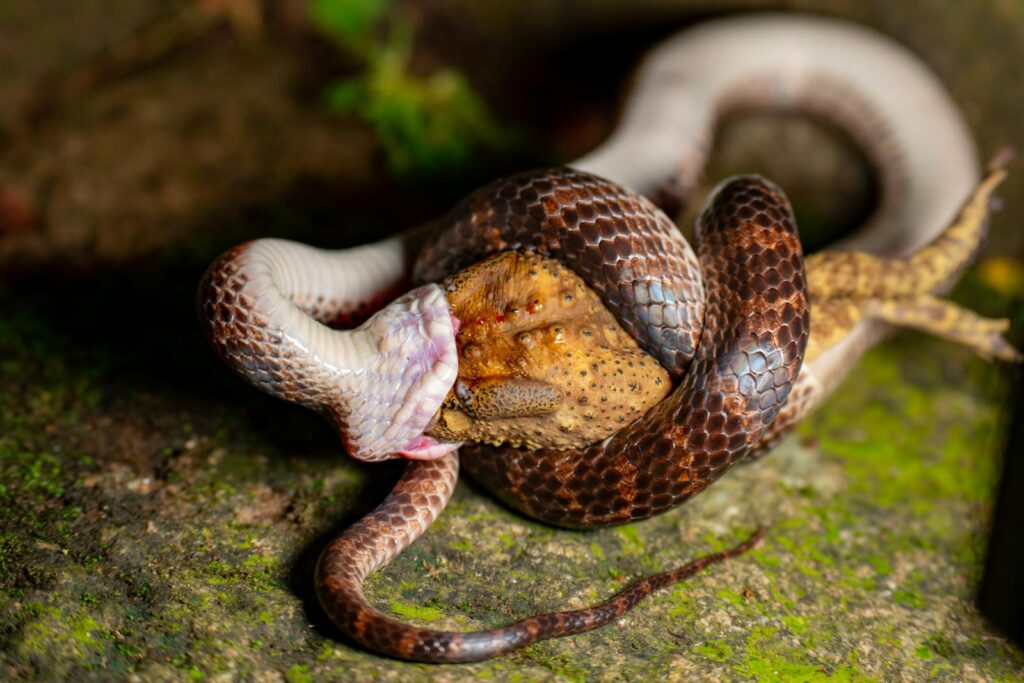
In the wild, snakes are carnivorous predators that consume whole prey items, utilizing every part of their catch for nutrients. Different snake species have evolved to hunt and eat specific types of prey in their natural habitats. Ball pythons primarily feed on small rodents, while corn snakes might consume birds, mice, and even eggs. Garter snakes often prefer amphibians and fish in their natural environment. Understanding your particular snake species’ evolutionary dietary preferences is essential for replicating an appropriate diet in captivity. This natural dietary blueprint serves as the foundation for making informed feeding decisions for your growing pet snake.
The Importance of Whole Prey Items
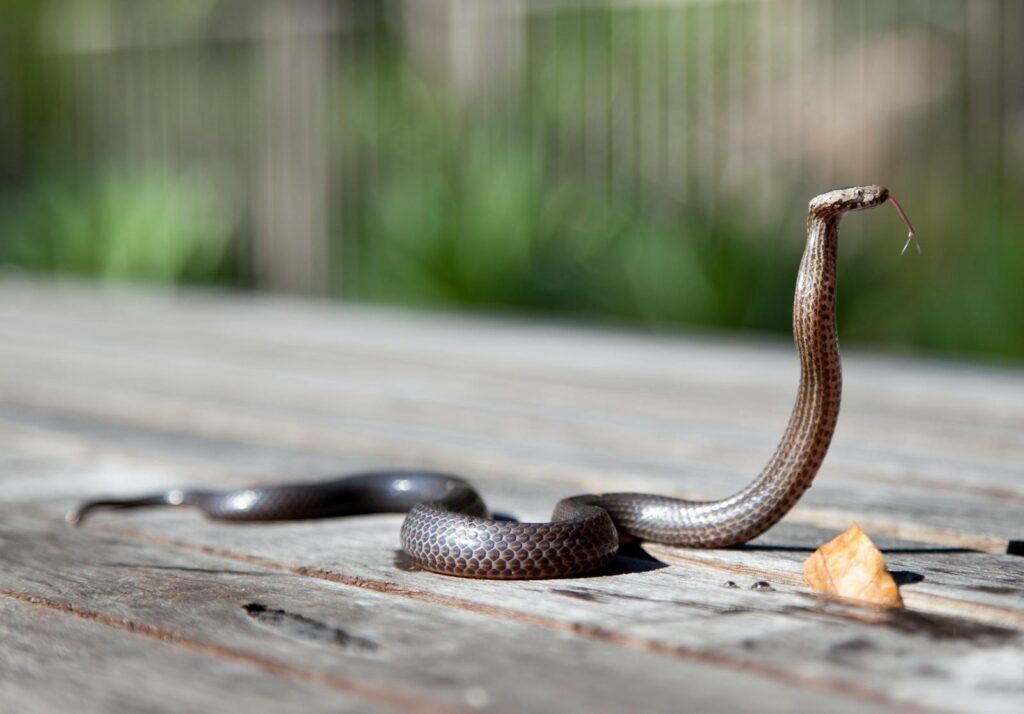
Snakes require whole prey items rather than processed foods or parts of animals. This is because they’ve evolved to extract complete nutrition from consuming entire animals, including bones, organs, fur, and all. The calcium from bones is crucial for a snake’s skeletal development, while organ meats provide essential vitamins and nutrients. Muscle tissue provides protein for growth, and the fur or feathers of prey items offer additional nutrients while aiding in digestion by creating friction as the meal moves through the digestive tract. Attempting to feed a snake anything other than appropriate whole prey items can lead to serious nutritional deficiencies and health complications.
Mice and Rats: The Staple Diet for Most Pet Snakes

For the majority of commonly kept pet snake species, rodents form the backbone of a healthy diet. Mice and rats are particularly suitable because they provide an excellent balance of nutrients, are readily available from reputable suppliers, and can be purchased in various sizes to accommodate growing snakes. Mice are appropriate for smaller species or juvenile snakes, while rats become necessary for larger species like ball pythons, boas, and pythons as they mature. Most snake owners opt for frozen-thawed rodents rather than live ones, as this approach eliminates the risk of the prey injuring the snake during feeding and is generally considered more humane. When selecting rodents, ensure they come from clean, reputable breeding facilities to avoid potential parasite transmission or exposure to harmful chemicals.
Appropriate Prey Size Selection

Selecting the correct prey size is crucial for your growing snake’s health and safety. As a general rule, the prey item should create a noticeable bulge in your snake but not be so large that it causes distress or regurgitation. Most experts recommend feeding prey items that are approximately 1 to 1.5 times the width of the snake at its widest point (excluding the head). Offering prey that’s too small fails to provide adequate nutrition and may lead to hunger behaviors, while prey that’s too large can cause serious digestive problems or even fatal impactions. As your snake grows, you’ll need to gradually increase prey size to accommodate its changing nutritional needs. Monitoring your snake’s body condition and growth rate will help you determine when to transition to the next prey size.
Alternative Prey Options for Specialized Feeders
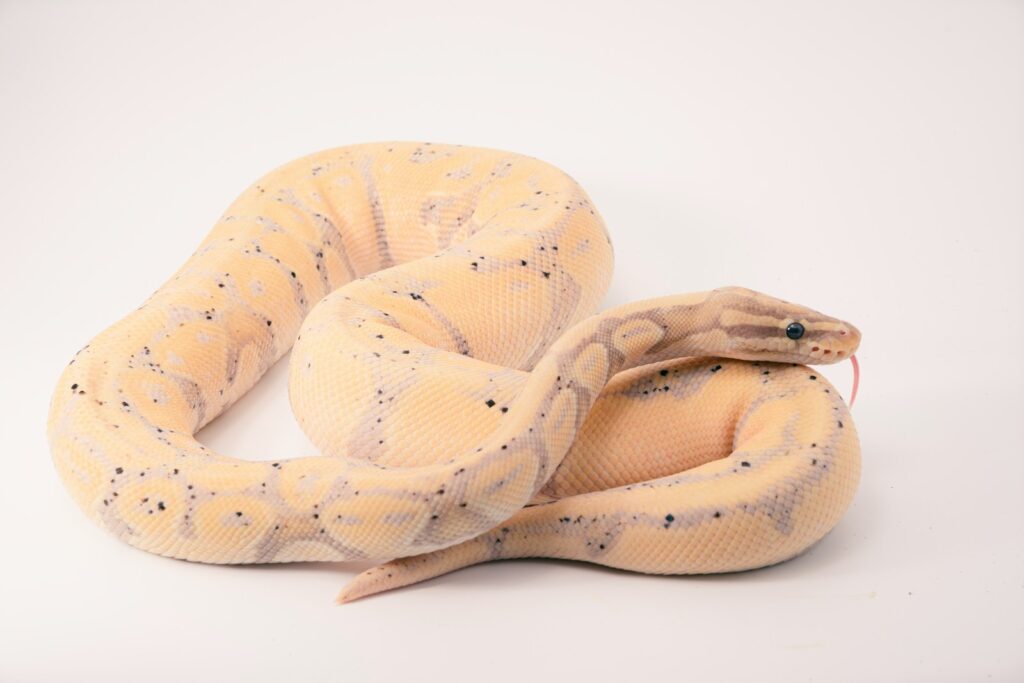
While rodents meet the dietary needs of most pet snakes, some species require different prey items due to their specialized evolutionary adaptations. Garter snakes often prefer fish, amphibians, or earthworms, making them somewhat more challenging to feed in captivity. Egg-eating snakes, as their name suggests, have evolved to consume only eggs and require appropriately sized quail or finch eggs depending on their size. Some water snakes primarily eat fish in the wild, though many can be transitioned to rodents in captivity with patience. For insectivorous species like rough green snakes, a diet of appropriate insects must be provided, although these species are generally considered advanced due to their specialized feeding requirements. When caring for specialized feeders, research their specific dietary needs thoroughly and ensure you have reliable access to appropriate food sources before bringing them home.
The Frozen-Thawed Advantage
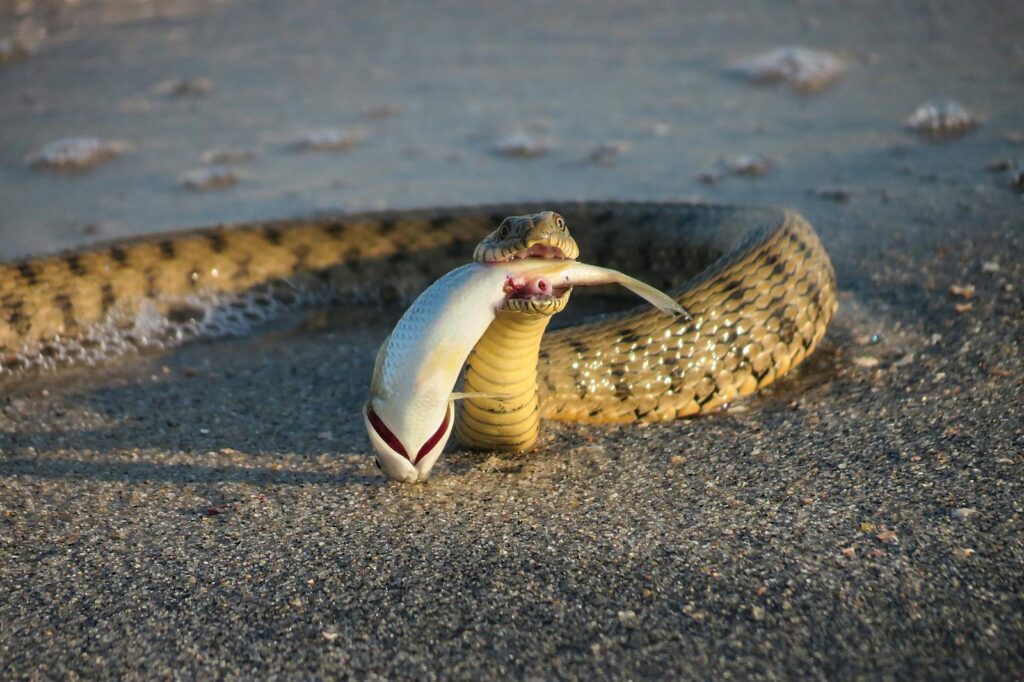
Feeding frozen-thawed prey rather than live animals offers numerous advantages for both snake and owner. The freezing process kills potential parasites that might otherwise be transmitted to your pet, significantly reducing health risks. From a safety perspective, live prey can seriously injure or even kill snakes through bites and scratches when defending themselves, particularly if the snake isn’t immediately hungry or is in pre-shed condition. Logistically, keeping frozen prey is much more convenient than maintaining live food colonies, allowing you to purchase in bulk and thaw items as needed. When transitioning a snake from live to frozen-thawed prey, patience is key—warming the thawed prey adequately and simulating movement with feeding tongs can help entice reluctant feeders to accept this safer alternative.
Establishing an Appropriate Feeding Schedule
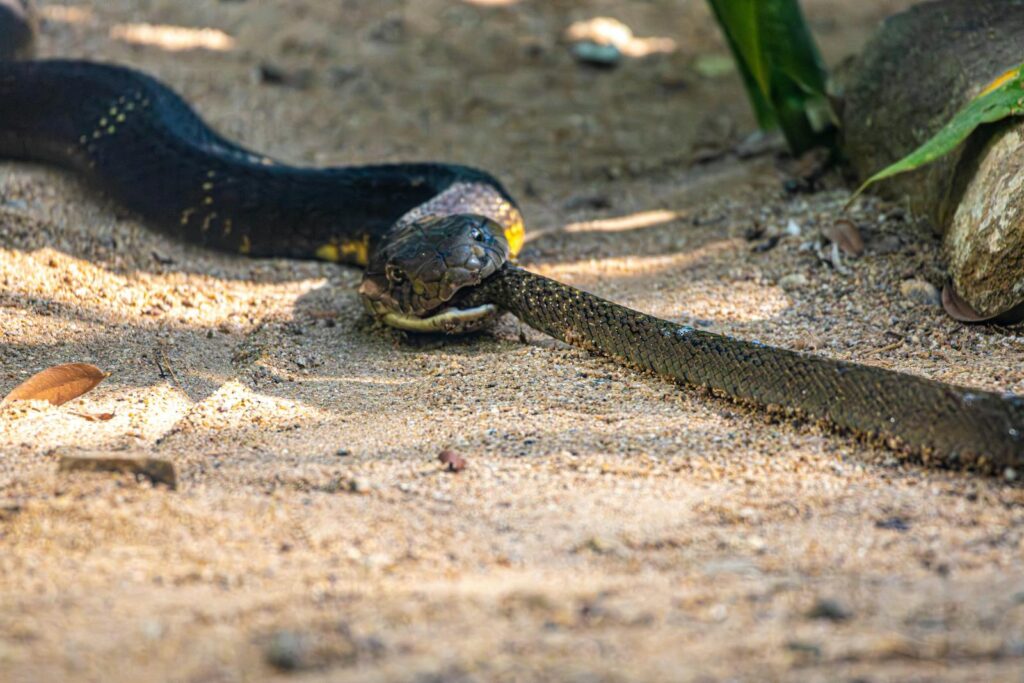
Growing snakes require more frequent feedings than adult specimens, but the exact schedule depends on species, age, and individual metabolism. Young snakes typically benefit from feeding every 5-7 days, as they’re in an active growth phase and require consistent nutrition. As snakes mature, this frequency gradually decreases, with most adult snakes eating every 10-14 days or even less frequently for larger species like ball pythons or boa constrictors. Overfeeding is a common mistake among new snake owners and can lead to obesity and associated health problems. Monitoring your snake’s body condition is crucial—a healthy snake should have a gently rounded, muscular body with the spine barely visible. If your snake begins looking excessively round or develops fat rolls, it’s time to reduce feeding frequency.
Nutritional Supplementation Considerations
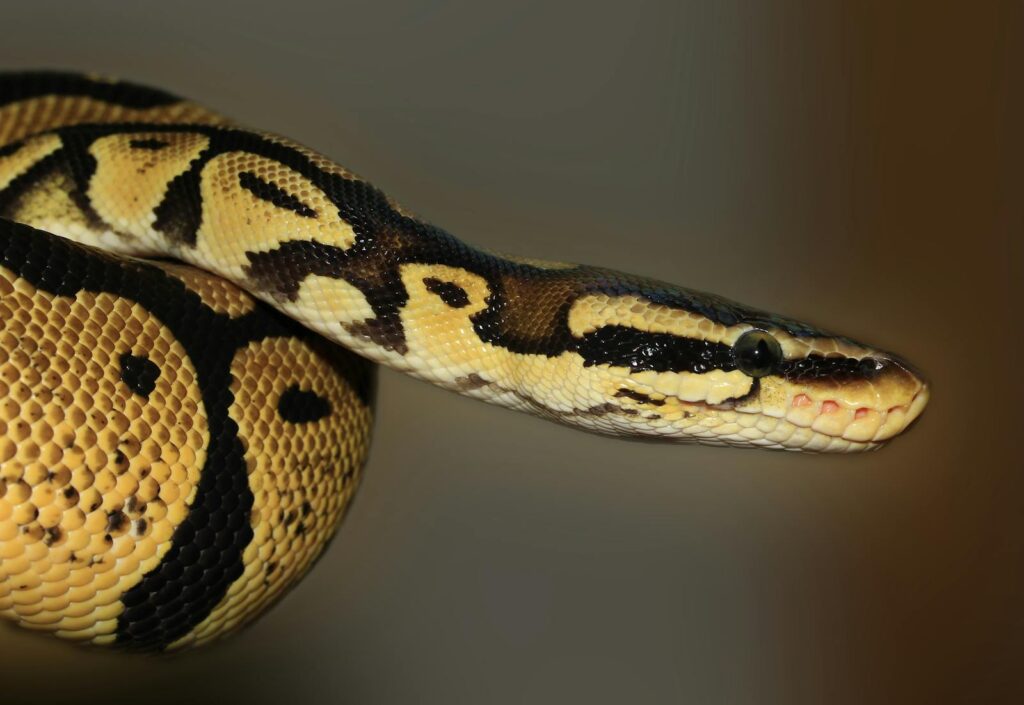
When feeding appropriately sized whole prey items from quality sources, most snakes receive all the nutrition they need without additional supplements. This is one advantage of whole prey feeding—it provides a complete nutritional package. However, there are occasional exceptions to this rule. Snakes fed exclusively on prey raised on poor diets might benefit from prey that has been “gut-loaded” with nutritious foods before being frozen. Some specialized feeders, particularly those eating fish or insects, may require additional calcium supplementation to prevent metabolic bone disease. For insectivorous species, dusting prey with appropriate calcium and vitamin supplements is often necessary. Before adding any supplements to your snake’s diet, consult with a reptile-specialized veterinarian, as improper supplementation can cause more harm than good.
Recognizing and Addressing Feeding Problems
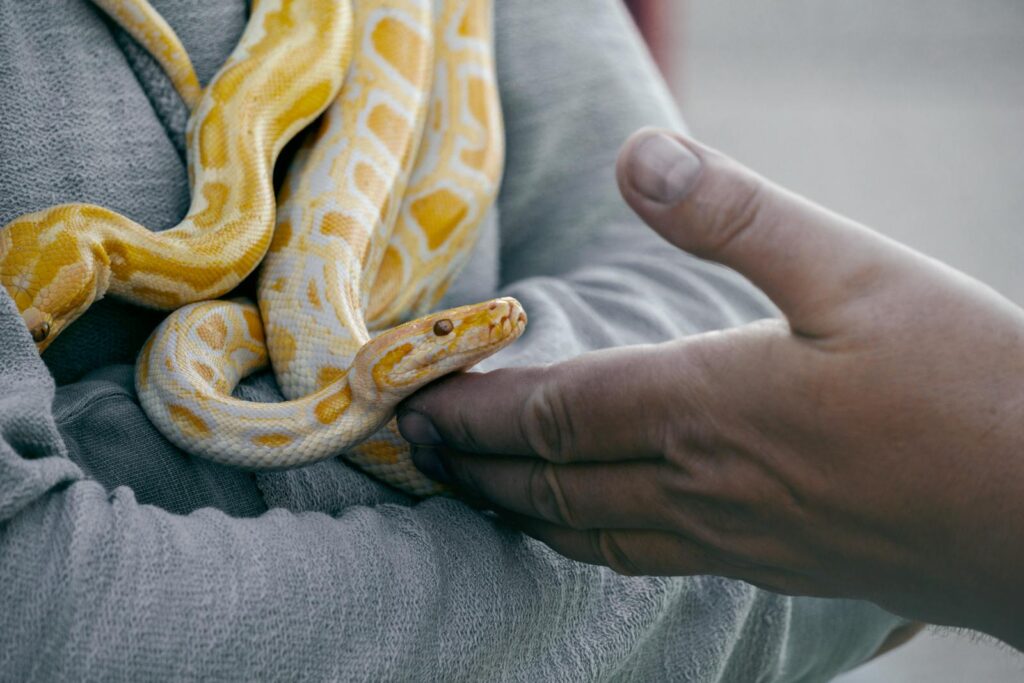
Feeding issues are among the most common concerns for snake owners, particularly with young or newly acquired specimens. Stress is a primary cause of feeding reluctance, so providing a secure enclosure with appropriate hiding places is essential for encouraging healthy feeding behaviors. Seasonal factors can affect appetite, with many snakes naturally reducing food intake during winter months or breeding seasons. Pre-shed snakes typically refuse food as their bodies prepare to shed their skin, which is completely normal. For snakes that consistently refuse food, try varying prey size, temperature, or presentation method before becoming overly concerned. However, if a snake refuses multiple meals and shows signs of weight loss, veterinary attention should be sought to rule out underlying health issues such as parasites, respiratory infections, or more serious conditions.
Special Dietary Needs During Growth Spurts
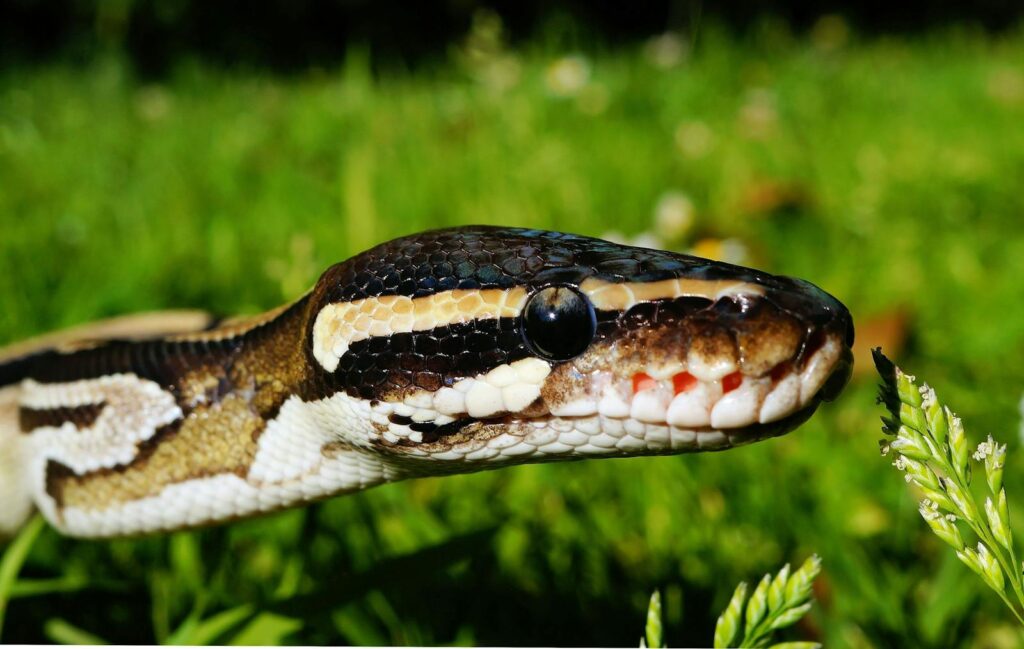
Young snakes experience several growth spurts during their development, periods when their nutritional requirements temporarily increase. During these intensive growth phases, which often occur after successful sheds, you may notice your snake seems hungrier than usual or grows noticeably between feedings. While it might be appropriate to slightly increase feeding frequency during these periods, avoid the temptation to dramatically increase food intake, as this can lead to digestive issues. Instead, maintain a consistent feeding schedule but be attentive to signs that your snake might benefit from moving up to the next prey size. Growth spurts are also excellent times to monitor for proper development, ensuring that your snake is growing symmetrically without any skeletal abnormalities that might indicate nutritional deficiencies.
Common Feeding Myths and Misconceptions

The world of reptile keeping is unfortunately rife with outdated information and dangerous myths about snake feeding. One persistent myth is that snakes should be fed in separate containers to prevent cage aggression, a practice that actually increases stress and can lead to regurgitation when the snake is handled after eating. Another common misconception is that snakes need to “hunt” their food, leading some owners to offer live prey unnecessarily. Many novice keepers believe that snakes will self-regulate their food intake and won’t overeat, which is incorrect—captive snakes will often consume more than is healthy if allowed. Perhaps most dangerously, some keepers attempt to feed inappropriate foods like ground meat or chicken parts, which lack the calcium and complete nutrition found in whole prey items. Following evidence-based husbandry protocols rather than anecdotal advice is crucial for your snake’s health.
Ensuring Proper Hydration Alongside Nutrition
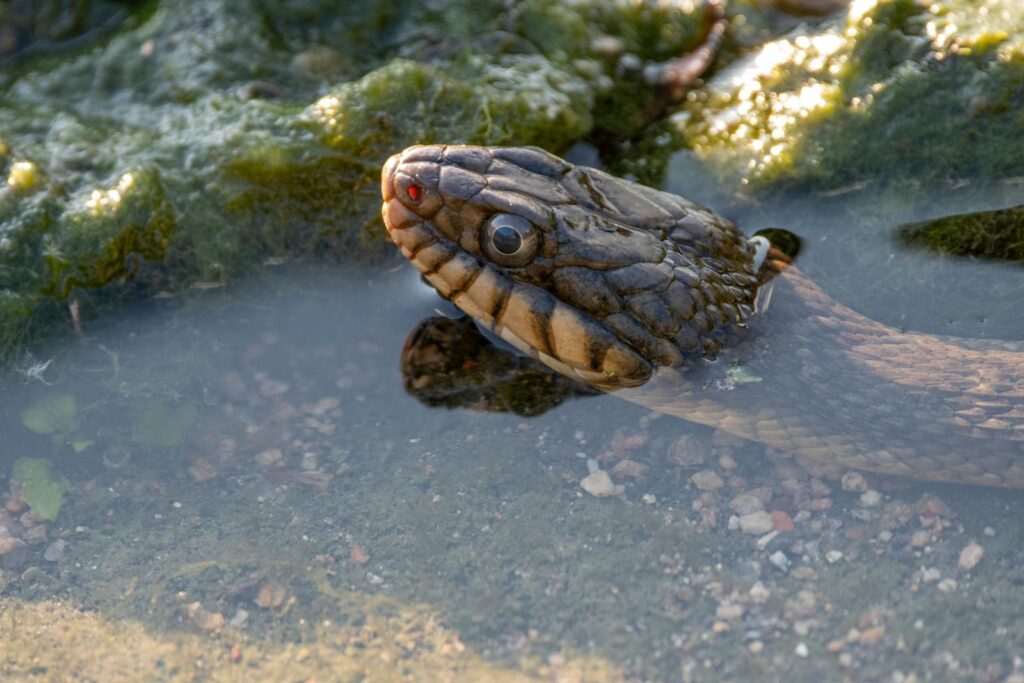
While this article focuses primarily on solid food, proper hydration is an equally important aspect of snake nutrition. All snakes require constant access to clean, fresh water in a container large enough for them to soak their entire body if desired. Water plays a crucial role in digestion, helping snakes process their infrequent but substantial meals. Proper humidity levels in the enclosure also contribute to hydration status, with most species requiring 40-60% humidity (though tropical species often need higher levels). Dehydration can lead to difficult sheds, digestive problems, and kidney issues in snakes. After feeding, many snakes will drink more water than usual to aid in the digestive process, so ensuring the water bowl remains clean and full is particularly important during this time.
Adjusting Diet as Your Snake Matures
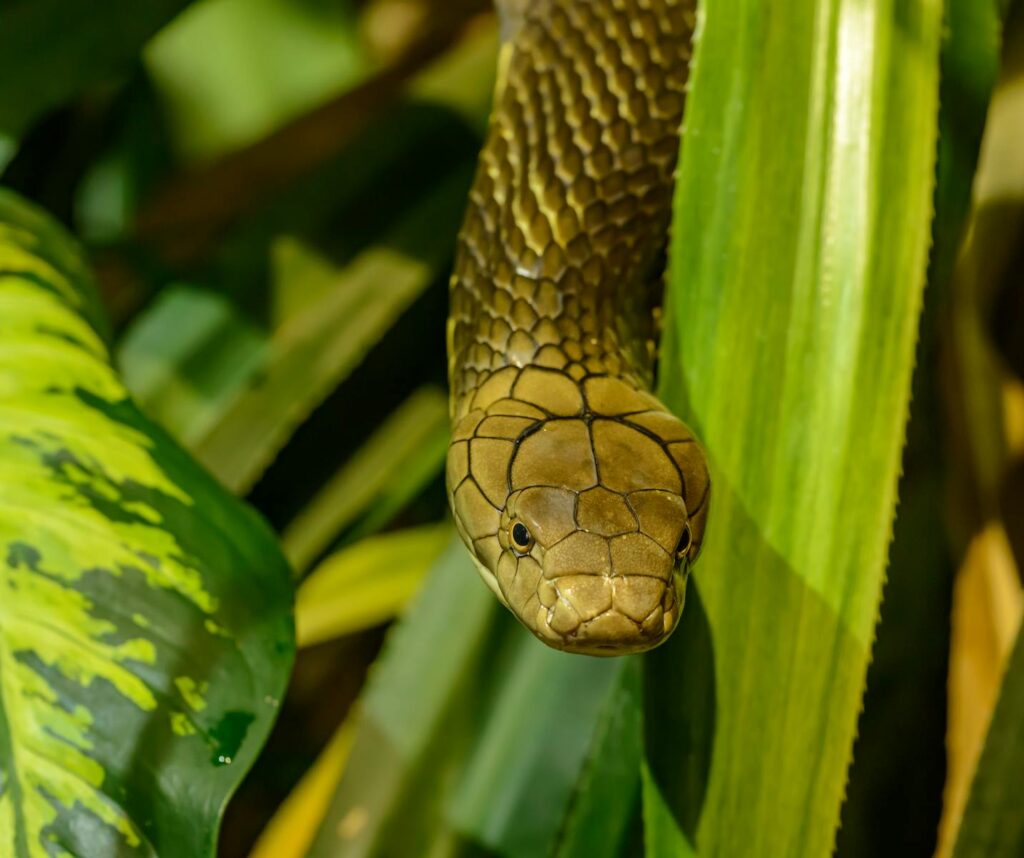
As your snake transitions from juvenile to adult, its dietary needs will evolve, requiring adjustments to both prey size and feeding frequency. Most species will gradually move from pinky mice to adult mice and potentially to rats as they grow larger. The transition between prey sizes should be gradual, watching for signs that your snake is ready for larger food items, such as seeming hungry shortly after meals or showing increased hunting behaviors. Simultaneously, the frequency of feedings will naturally decrease, from every 5-7 days for juveniles to every 10-14 days or longer for adults, depending on the species. These adjustments help prevent obesity while ensuring your snake receives appropriate nutrition throughout its lifespan. The goal is to maintain a healthy body condition where the snake is neither underweight nor obese, with gradual, steady growth rather than rapid weight gain.
Conclusion
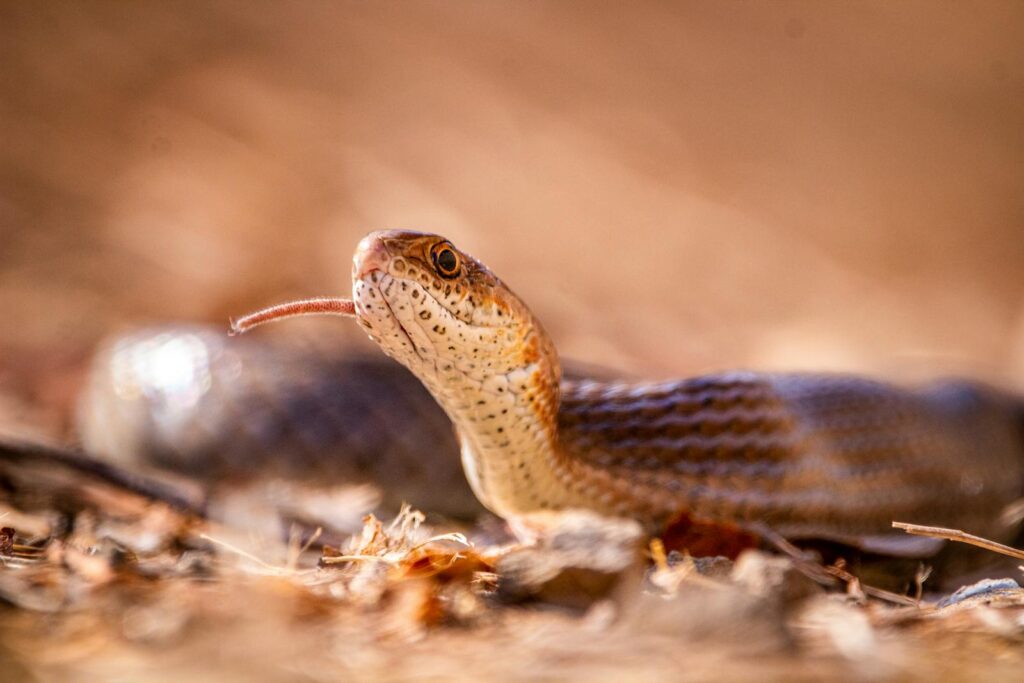
Providing proper nutrition for a growing pet snake requires understanding species-specific needs, selecting appropriate prey items, and establishing consistent feeding routines. By focusing on whole prey of the correct size, offered on an appropriate schedule, you can support your snake’s development from juvenile to healthy adult. Remember that each snake is an individual with unique needs and preferences, so observing your pet closely and adjusting its diet accordingly will help ensure it thrives under your care. With proper nutrition as the foundation, your growing snake can develop into a healthy, active companion that may share your life for many years to come.





